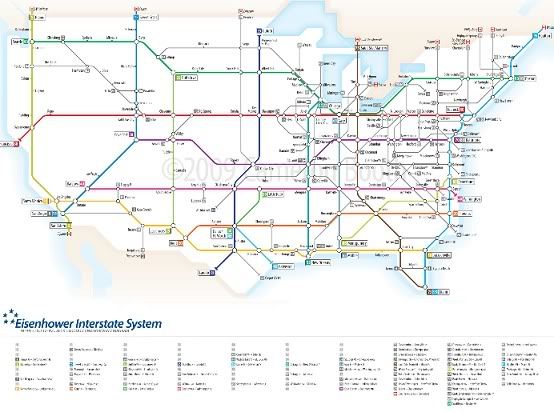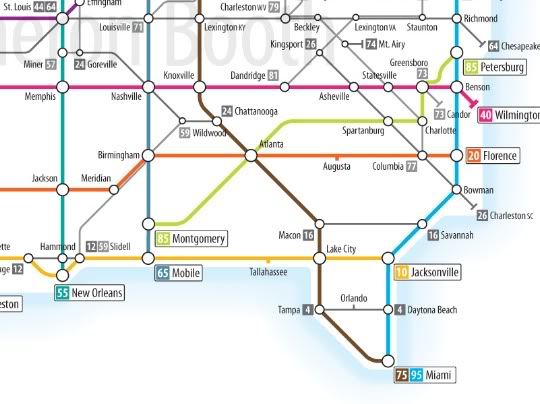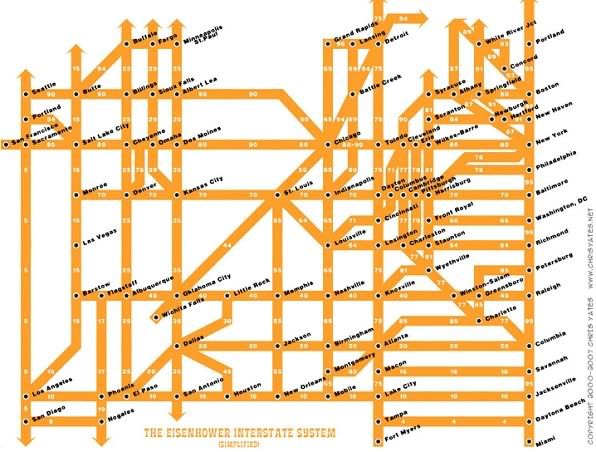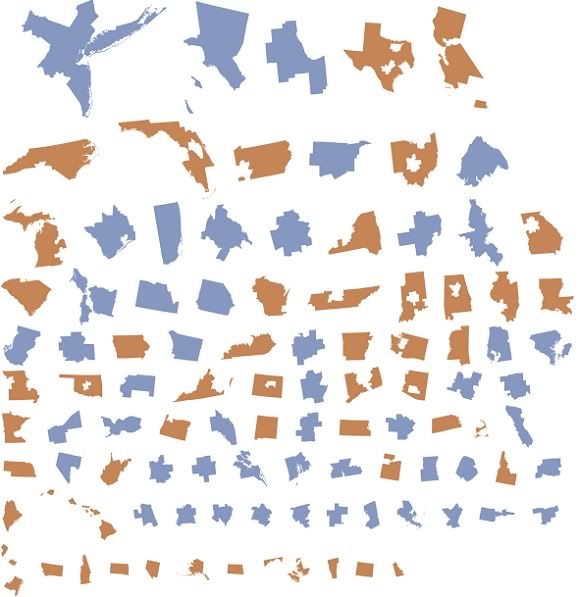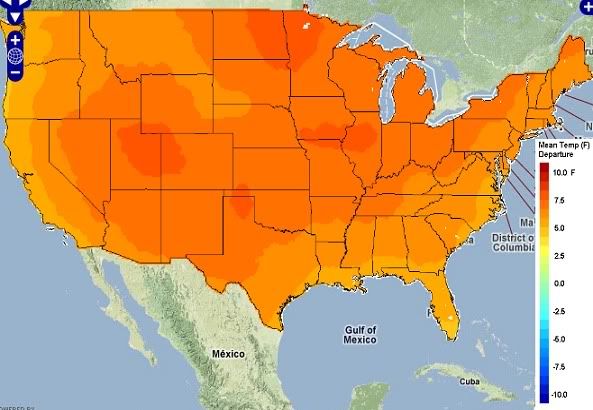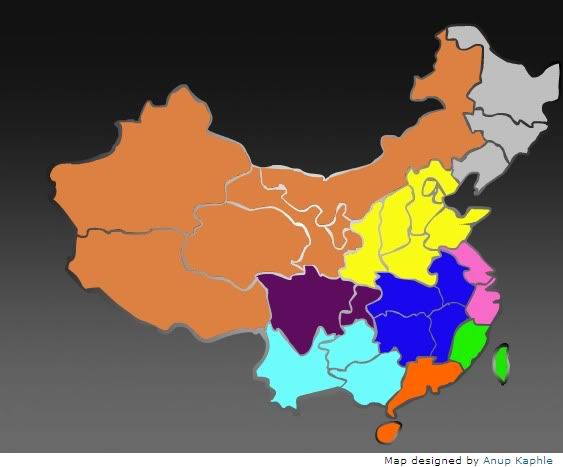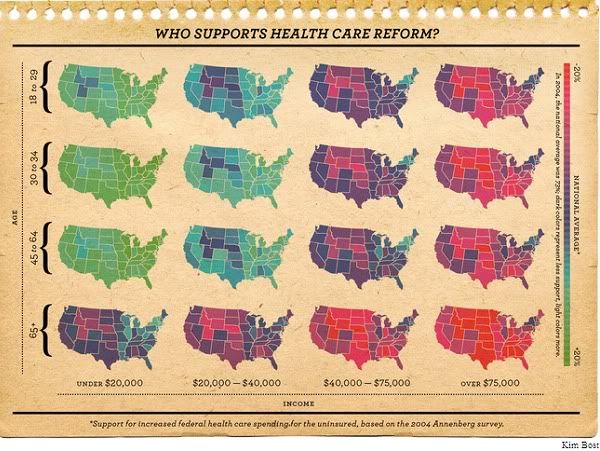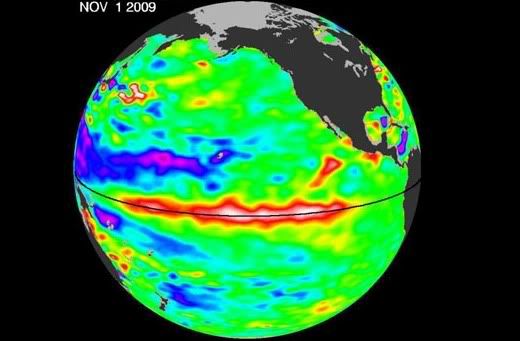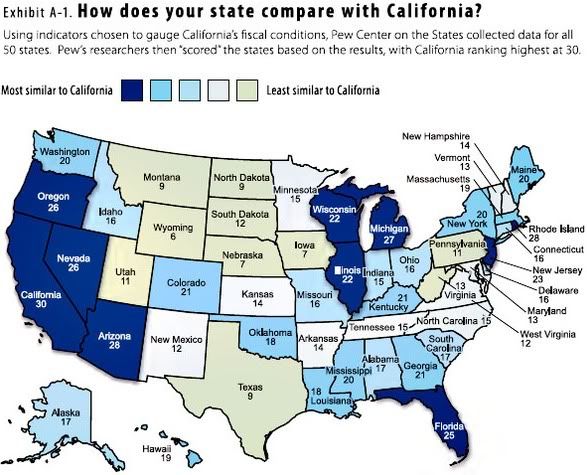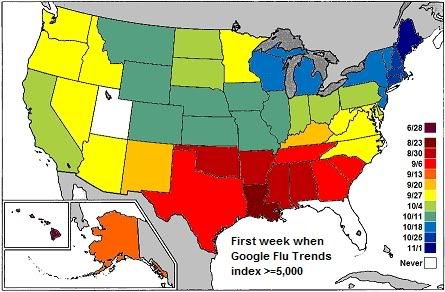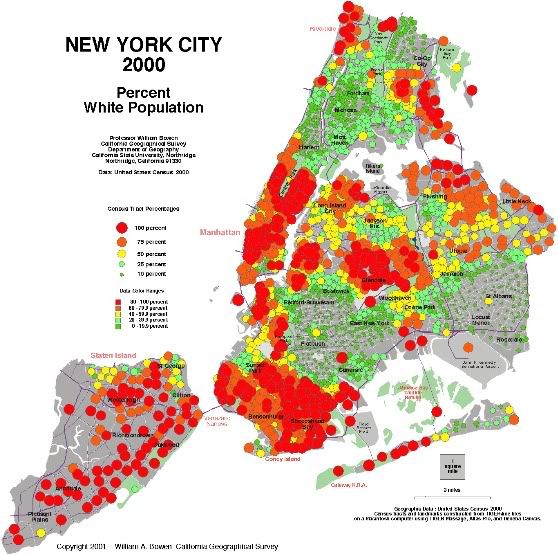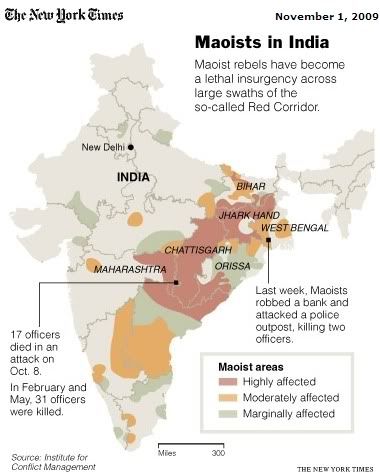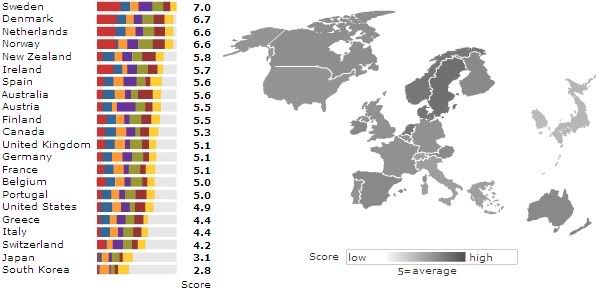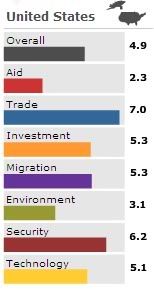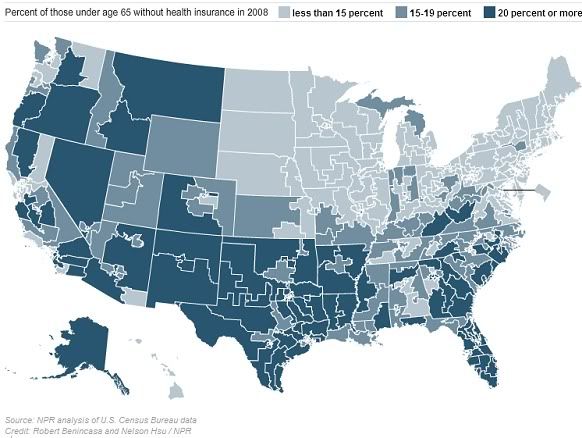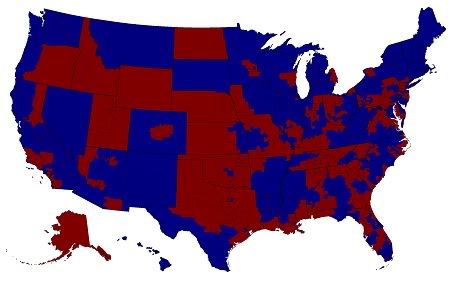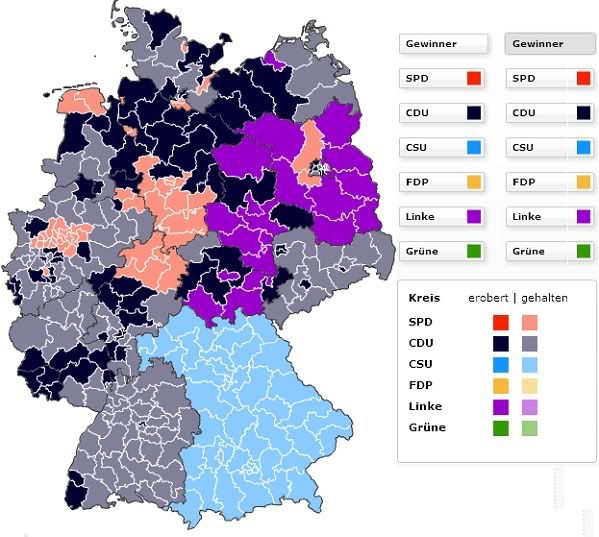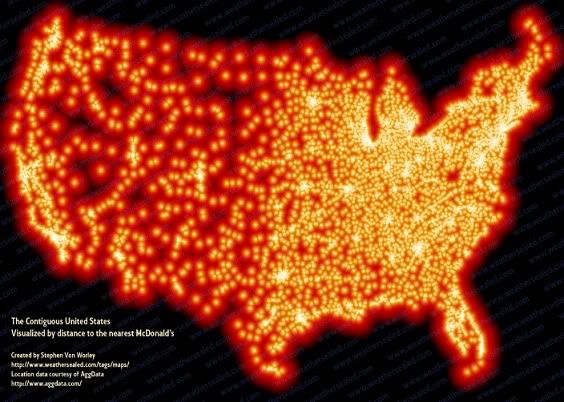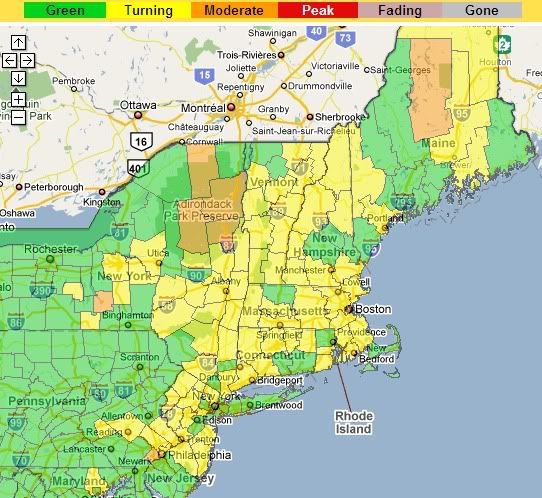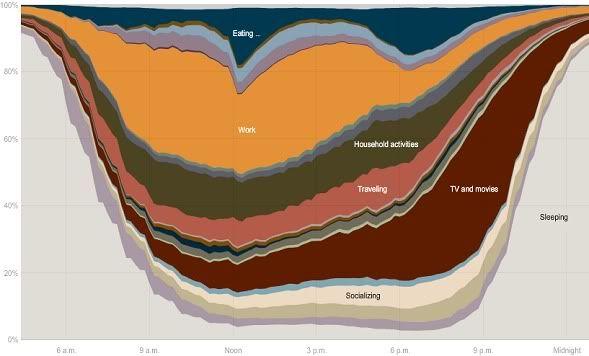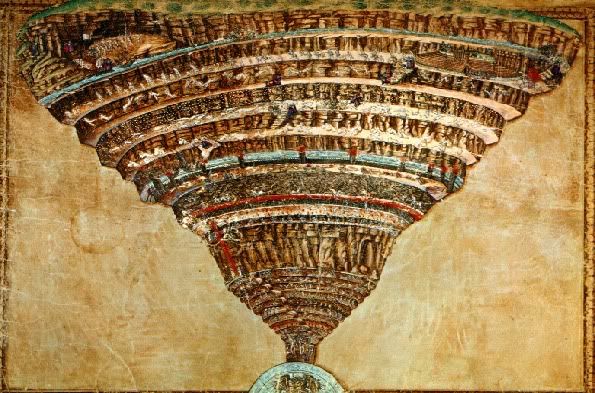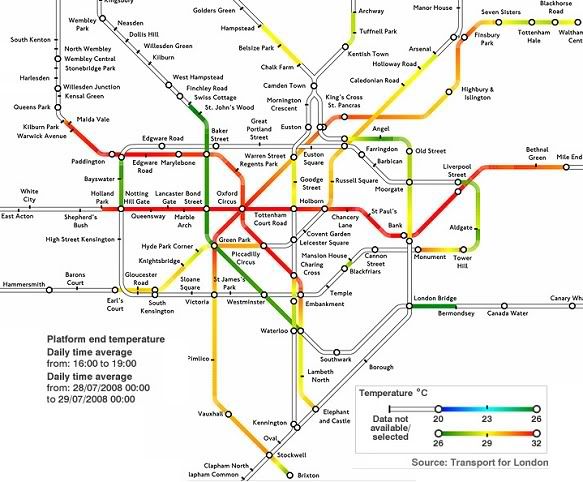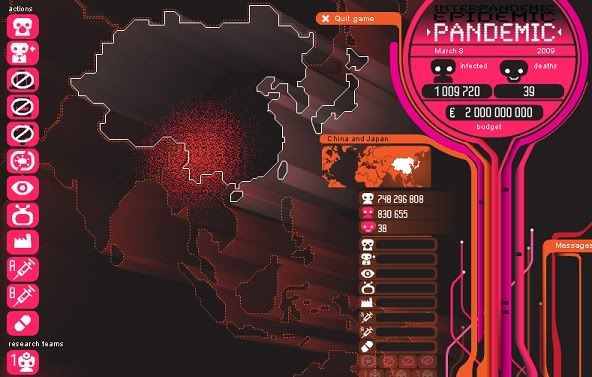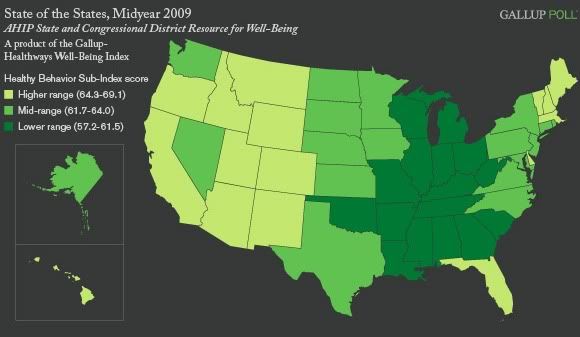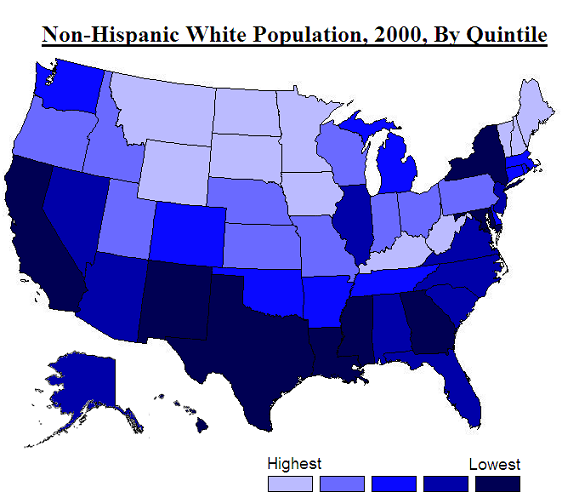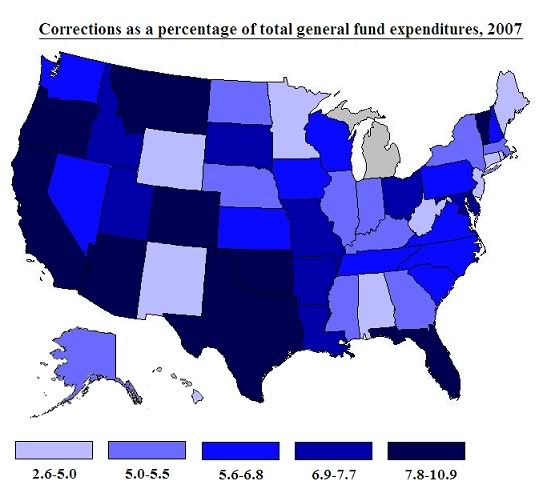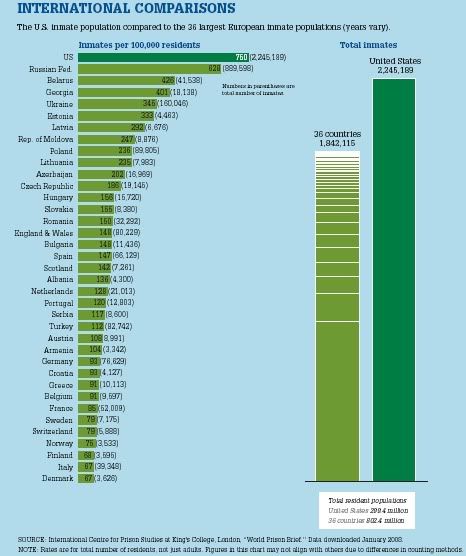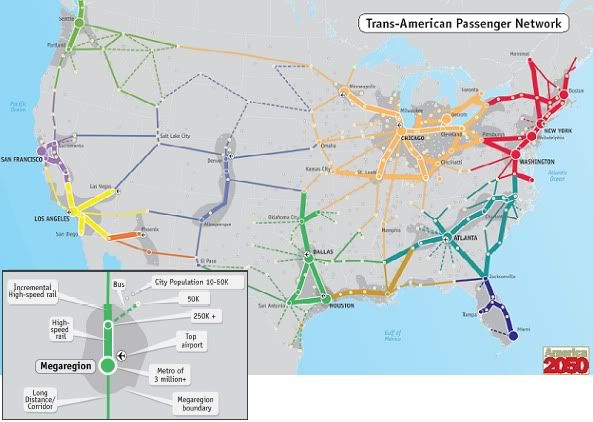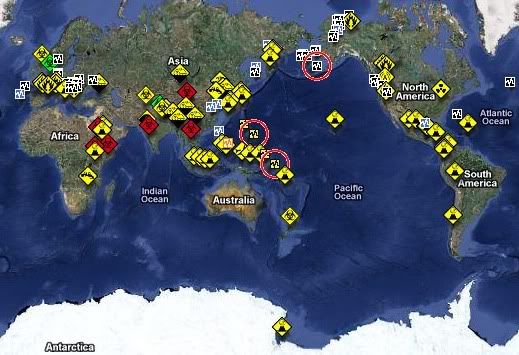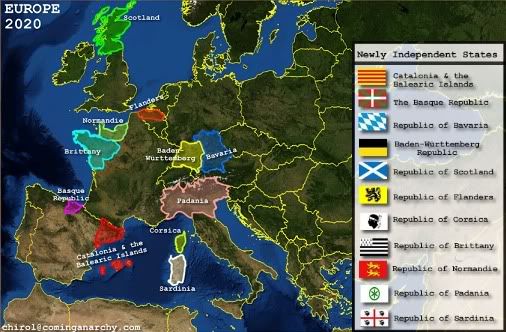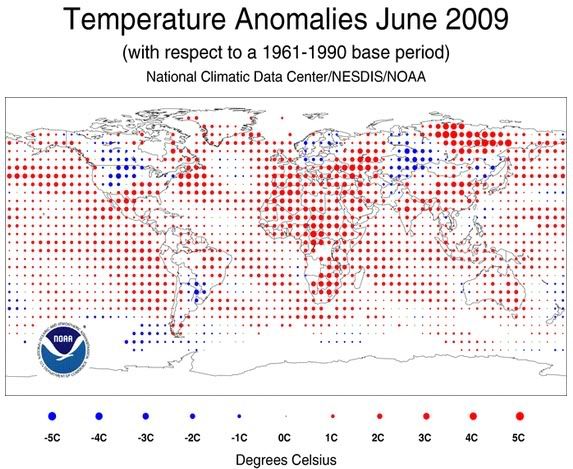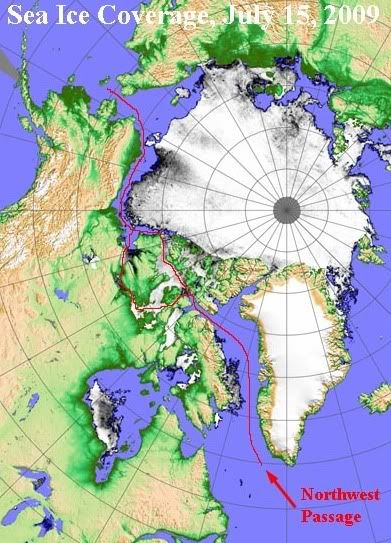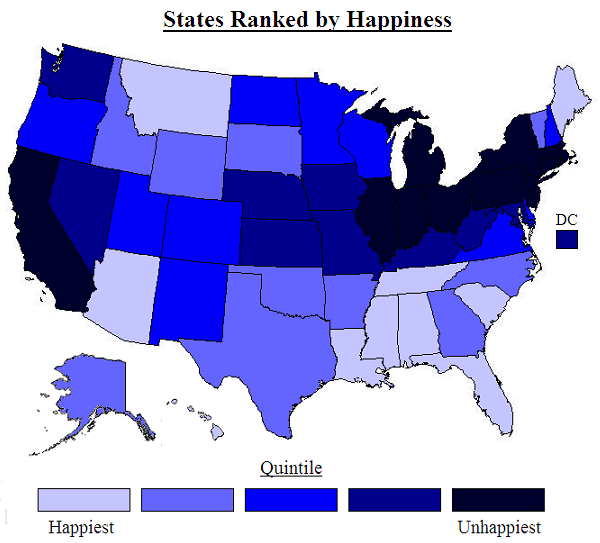
This map is based on a new study that finds correlations between subjectively reported happiness and certain objective factors like air quality, cost of living, and climate:
The new research published in the elite journal Science on 17th December 2009 is by Professor Andrew Oswald of the UK’s University of Warwick and Stephen Wu of Hamilton College in the US. It provides the first external validation of people’s self-reported levels of happiness. “We would like to think this is a breakthrough. It provides an justification for the use of subjective well-being surveys in the design of government policies, and will be of value to future economic and clinical researchers across a variety of fields in science and social science” said Professor Oswald.That issue: whether subjective reports of well-being (like those portrayed here) can be trusted. Seems that they can.
The researchers examined a 2005- 2008 Behavioral Risk Factor Surveillance System random sample of 1.3 million United States citizens in which life-satisfaction in each U.S. state was measured. This provided a league table of happiness by US State reproduced below. The researchers decided to use the data to try to resolve one of the most significant issues facing economists and clinical scientists carrying out research into human well-being.
The study used subjective reports of well-being, but then checked those reports against a number of other variables for each state, including "precipitation; temperature; wind speed; sunshine; coastal land; inland water; public land; National Parks; hazardous waste sites; environmental ‘greenness’; commuting time; violent crime; air quality; student-teacher ratio; local taxes; local spending on education and highways; [and] cost of living." It turned out that the objective factors which would be expected to correlate with subjective happiness - nice climate, affordability, short commutes and all that - actually do correlate to the reported happiness of those 1.3 million surveyees. According to Professor Andrew Oswald, the lead author of the study:
“The state-by-state pattern is of interest in itself. But it also matters scientifically. We wanted to study whether people's feelings of satisfaction with their own lives are reliable, that is, whether they match up to reality -- of sunshine hours, congestion, air quality, etc -- in their own state. And they do match. When human beings give you an answer on a numerical scale about how satisfied they are with their lives, you should pay attention.The happiest state is Louisiana (!), followed by Hawaii, Florida, Tennessee, and Arizona. The South does well in general, and the Northeast and Rust Belt not so much, which is interesting: happiness levels seem to be in strikingly inverse proportion to levels of economic and social development. The unhappiest state, it thrills me to report, is New York, followed by Connecticut and New Jersey - a trifecta for the tri-state!
People’s happiness answers are true, you might say. This suggests that life-satisfaction survey data might be tremendously useful for governments to use in the design of economic and social policies,” said Oswald.
The rest of the unhappiest quintile of states form a Bleak Belt from southern New England to the Great Lakes, with California thrown in for good measure. California can't blame it on the climate, of course, so their other factors must have been really brutal. On the other hand, Montana and Maine managed to sneak into the top tier despite their godforsaken climes.
Via the NY Times.
